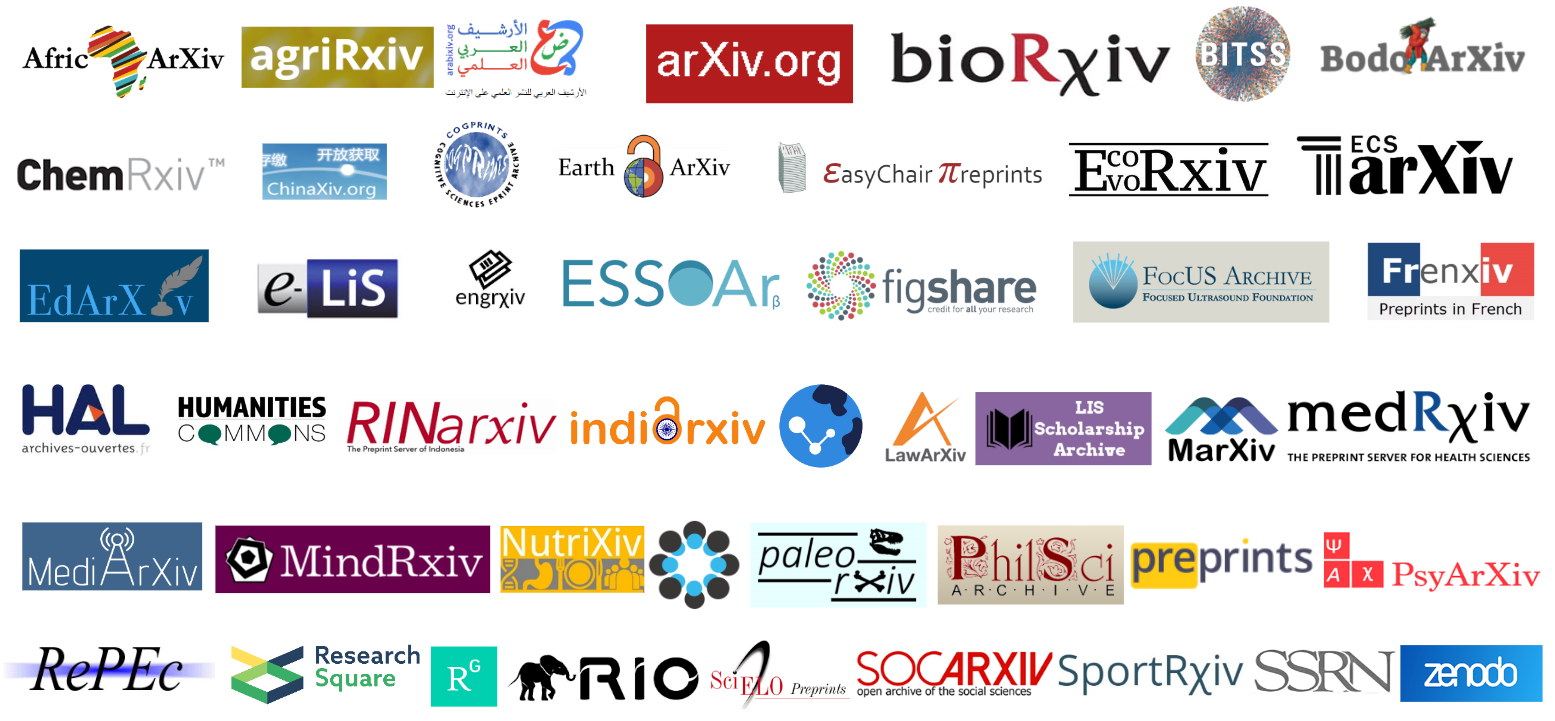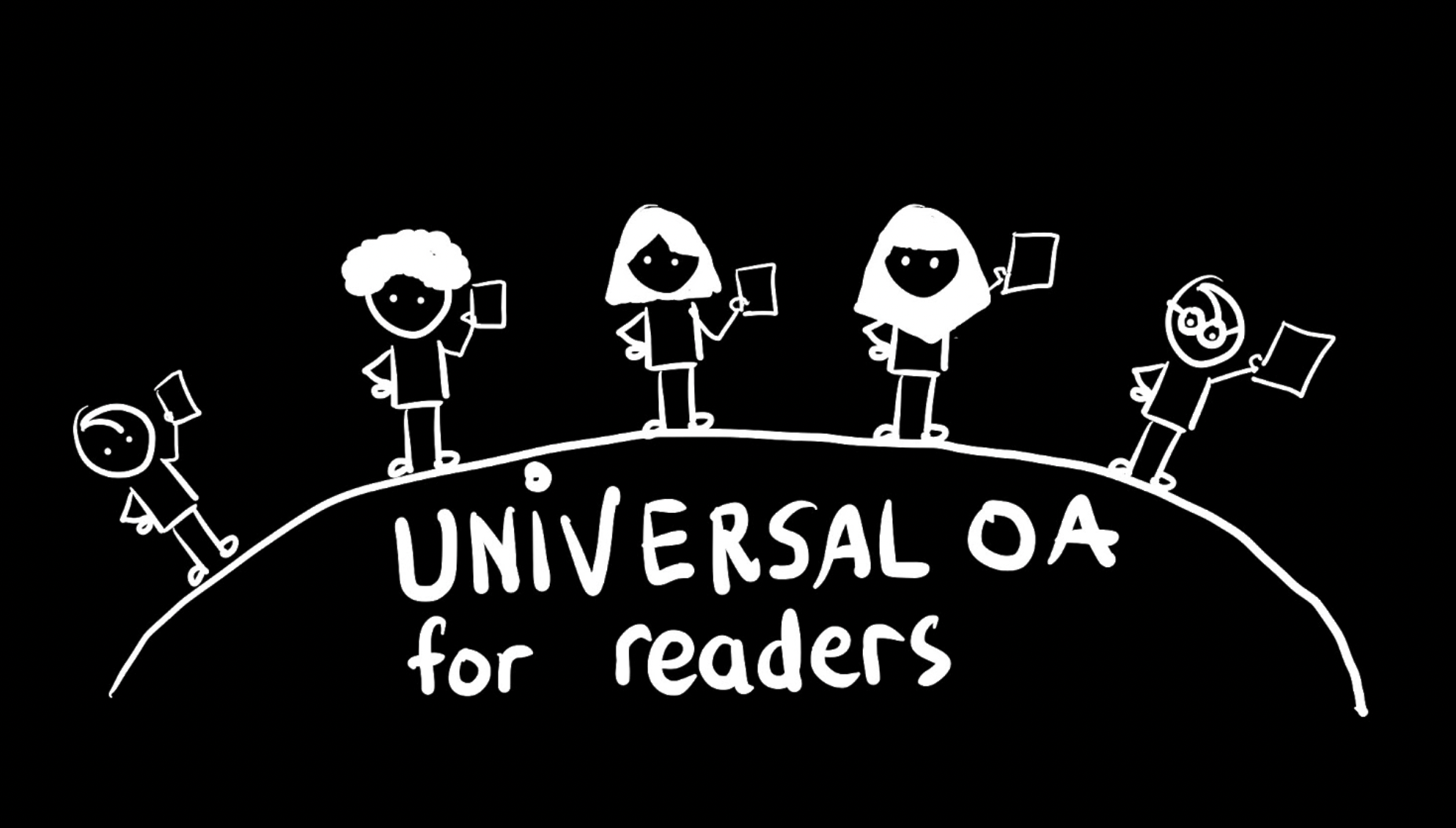
Researchers, librarians, policy makers, and practitioners often complain about the scholarly publishing system, but the system also offers exciting opportunities to contribute to innovations in the way academic findings are disseminated and evaluated.









